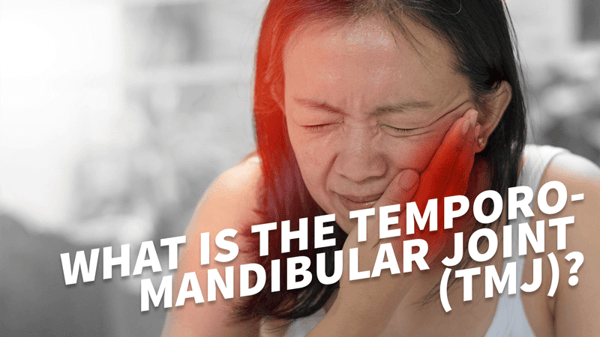What is the Temporomandibular Joint (TMJ)?

TMJ joint is the main joint connects the mandible bone (lower jaw) with maxilla (upper jaw) which is also supported by muscles & ligaments.
This synovial joint is located at the base of the skull but has a difference from most other joints in our body. TMJ has unique structure, with articular surfaces made up of fibrocartilage that adapts to take shearing forces rather than the hyaline cartilage in the knee which adapts more to compressive forces.
Several muscles & ligaments surrounding the TMJ are held together to support the jaw and the neck on order to help & guide its movements.
TMJ joints is usually relaxed when speaking while the teeth are apart & it gets loaded while eating or clenching. Most of the force when jaws are closed is transmitted through the teeth into facial bones unless some forces will go into TMJ joints.
Movement of TMJ joints starts by the action of several components including the information from proprioceptors in the mouth, masticatory muscles and particularly in the periodontal ligament allow coordination of all components in order to guide this movement. Any damage to any of these components will affect the jaw function.
Topic: Dental



.png)





Leave a comment